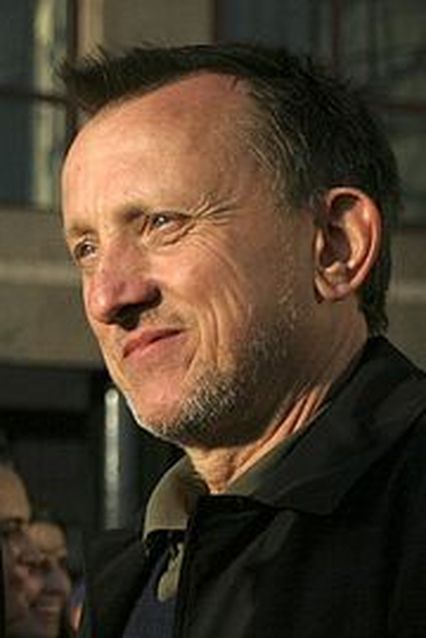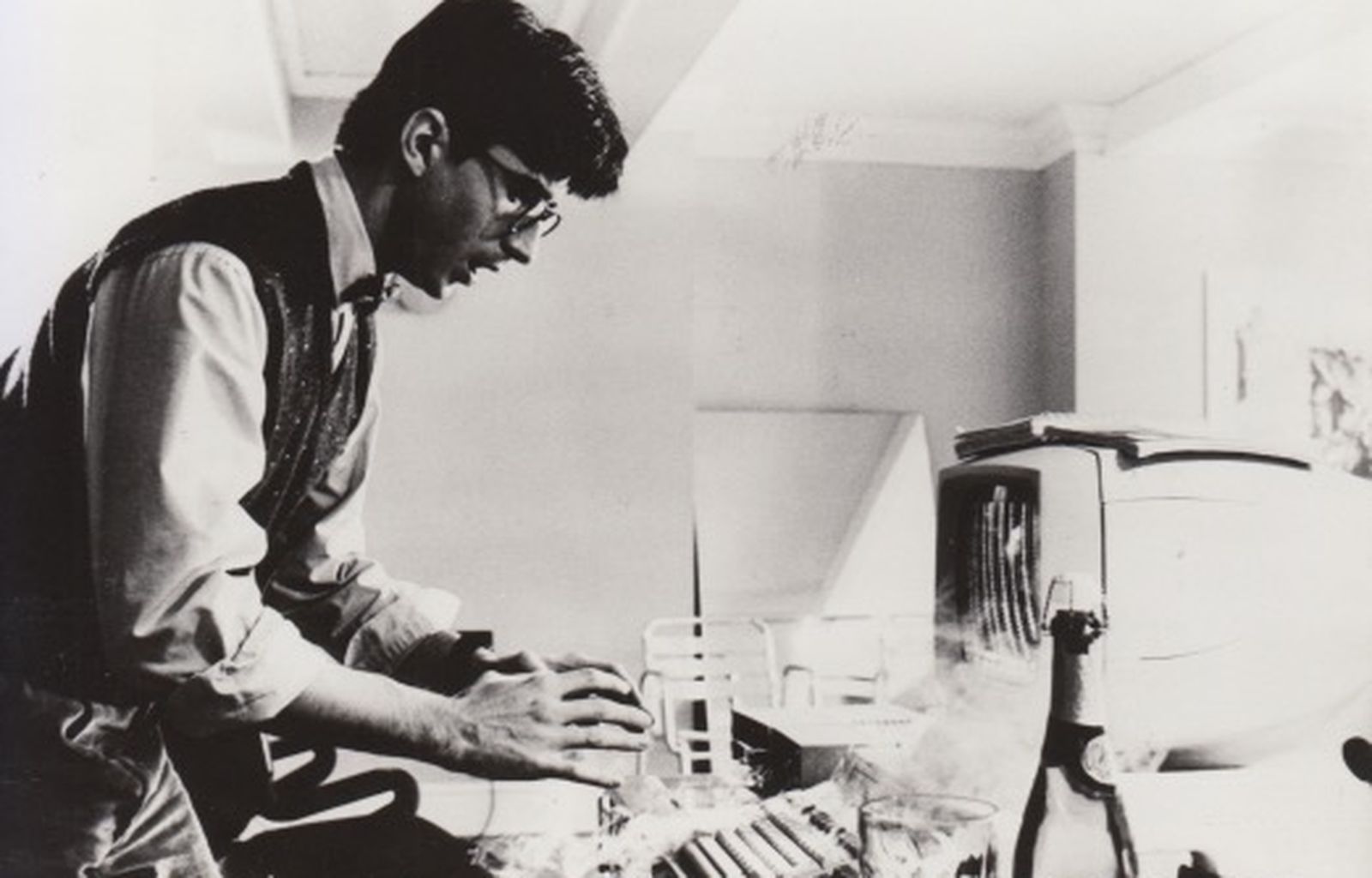Miles Harding is a young architect intimidated by technology. To adapt to the times, buy a personal computer, of which he soon becomes an expert. Miles's new neighbor, Madeline, is a good and graceful cellist. Miles decides to connect his personal to the office database, but the equipment, too small, goes haywire. A few days later, Madeline is rehearsing the cello, and Miles's new computer answers her tone: she naturally believes she has "communicated" with Miles, and asks him for an appointment. Intrigued, Miles tries to understand what has combined the computer, which, during a sudden visit of Madeline, resumed to "dialogue" in music with her. The phenomenon is repeated again and again, and Miles requires the computer not to meddle in his private life. That same night, Miles was woken up by an electronic voice: Edgar, the name of the computer, he also learned to speak, and in the meantime he stored a great deal of information about his owner and the outside world. Miles then thinks of writing a love song for Madeline on the computer. The first attempt is a failure, because the computer does not know what love is. The machine understands when Miles compares love to the musical dialogue between Edgar and Madeline, and then composes a marvelous song. But now Edgar is convinced he is in love with Madeline ...
Six years ago, the twenty-eight-year-old producer Rusty Lemorande worked as a producer associated with Damien, Omen II, his first film career, when he came up with the idea of a computer fairytale. "I was on the Chicago subway when I saw a child playing with a small talking computer instead of talking to his mother," recalls Lemorande. "I've always been fascinated by technology in general and wanted to write a screenplay in the computer age (a rapidly developing era), incorporating electronics and computer technology, examining how mankind has created tools that can to free him to allow him better communication with his fellows, and how he then allowed these instruments to have the opposite effect.That child on the subway remained impressed ".
A few years later, when Lemorande moved to Los Angeles and bought a personal computer, the plot of Electric Dreams began to take shape. "When I had nothing to do in the evening, coming home from work, without meeting many people in Los Angeles, I found myself working on the car, preparing the programs, playing and realizing that it was a substitute for communication with other human beings. , partly because I was in a community that was foreign to me ". Electric Dreams is set in today's San Francisco. Lemorande explains: "I felt the West Coast as the heart of the technological revolution and as an interesting environment for the film". Twenty-seven-year-old Steve Barron is here for the first time a feature director. Lemorande had seen some of the 100 videos directed by Barron and felt that his contribution to the project would be ideal. "From a certain point of view I consider the film a musical", says Lemorande, "in which the songs and lyrics are an integral part of the story, but it is an atypical musical because no protagonist sings songs to make the story go forward. there are dance numbers or choreographies that require the nine original musical moments of Electric Dreams to have a formal level of avant-garde.The world of videoclips was just that.Of all the video directors I looked for, Steve seemed to respond better to the need. a strong musical awareness and has shown great attention to the story, the events, the characters ".
One of the most interesting aspects of Electric Dreams is the way music has become an integral part of the film. "For me, music was one of the great attractions of Electric Dreams," says Steve Barron, "This was not a film where you finally decide to put a soundtrack here." Music was part of the story. he accomplishes his level of knowledge, and his changes take place through music, his way of communicating is musical, very rarely in today's movies you see that music is neither arbitrary nor simple background ". Lemorande continues: "I have always loved music and its relationship with man, not just as entertainment, but also as a means of communication.I thought there would be an interesting relationship between a female protagonist coming from the world of classical music and a normal man who does a normal job and buys a computer for normal reasons, but who is in the middle of an extraordinary experience ". The music increasingly enters history as the relationship between Miles and Madeline develops. Madeline, who lives on the floor above Miles, hears music composed below from Miles 'computer and mistakenly believes it is Miles' work. Wanting to nurture her love, Miles continues the masquerade. As the author states, "Electric Dreams is a Cyrano de Bergerac of our days." Miles increasingly involves the computer in his love story by teaching him to write love songs (like Cyrano's love poems). the computer is in love with the girl ". And this is where the adventure begins.
Another fascinating and new aspect of Electric Dreams is the use in computer graphics, whose highlight is the sequence in which Madeline and the computer participate in a duel-duet. Madeline plays the cello and the computer responds with visual and musical forms. "To harmonize images with music, we used a technique normally employed by the record industry," Ian Kelly, video supervisor explains, "We built an interface in the computer to produce moving shapes that changed with the changing of notes. on the screen initially they had to limit themselves to what could be created with a normal home computer.Most of the graphics were defined according to the possibilities of a simple microprocessor.We then complicated things a bit.The result is a visual extravagance and music for cinephiles ".
Tim Boxell brought artistic advice to the team that prepared the video effects. Boxell believes it has been in Electric Dreams the point of contact between the production and those who were able to meet the needs of the production itself. Boxell states: "Many people believe that if someone wants to use computer technology they must also be able to crush all the buttons on their own, but this is not true, it is much better to know the 'what' than the 'how' What you need to know is the spectrum of the possibilities of the computer: from the personal computer up to the one that costs 12 million dollars, the whole range has been used in Electric Dreams ". "For Electric Dreams - continues Boxell - I collaborated to put the needs in communication with the people who would translate them into reality".
Electric Dreams is described by writer-writer Lemorande as "a computer fairy tale". It was difficult to understand the meaning of his screenplay, centered on the futurable version of the eternal triangle, which this time has a protagonist of a man, a woman and a computer. The discussions on the set were lively, because some said that it was a kind of "Beauty and the Beast", while others thought of the computer as the prince turned into a frog, without a princess who kisses him.



